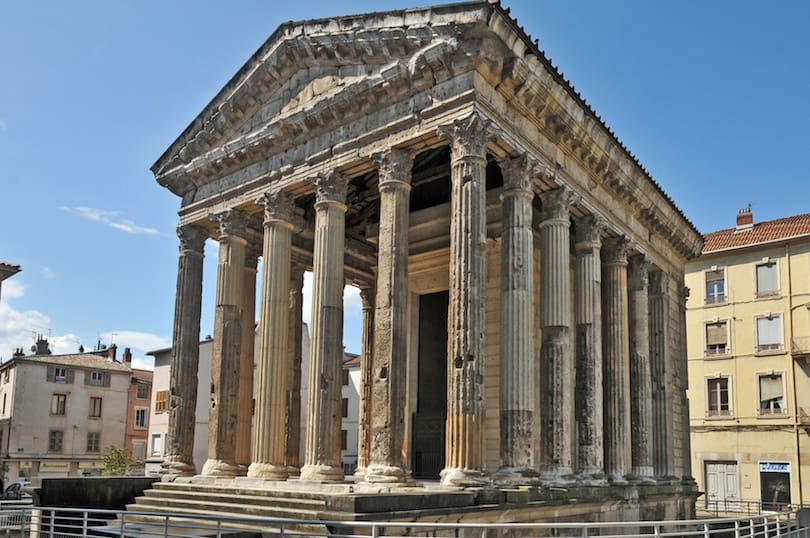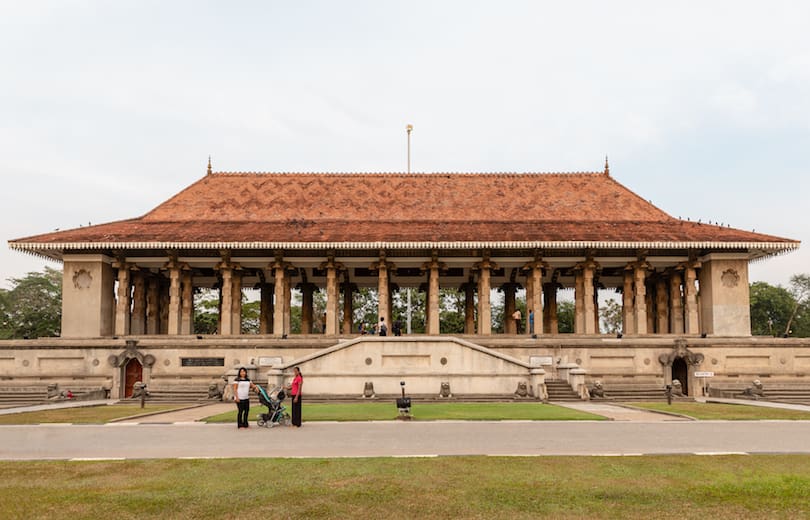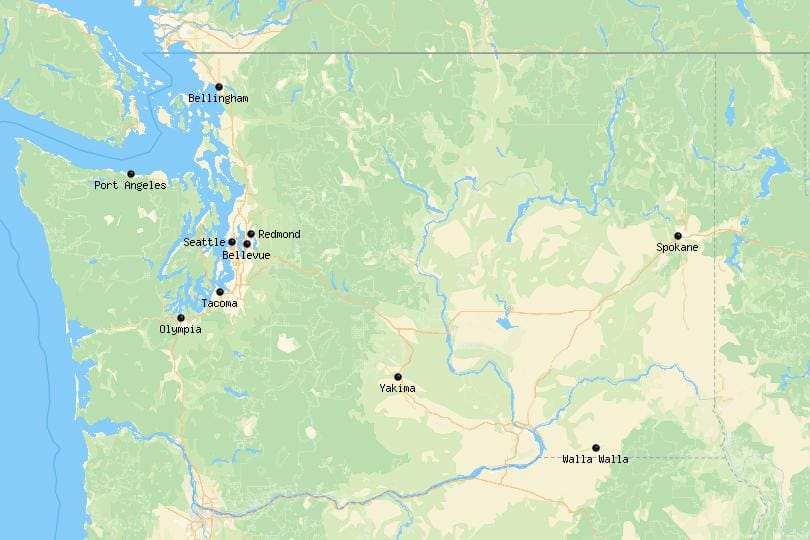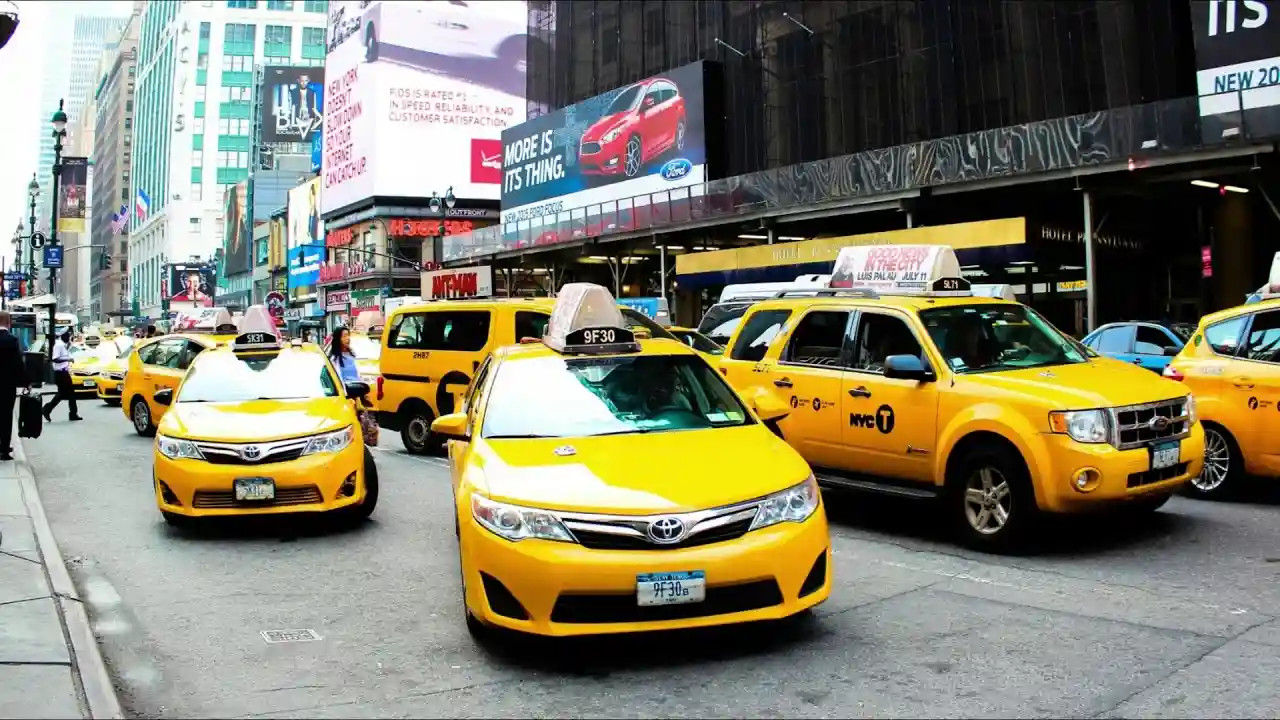The northeastern state of Meghalaya is a treasure trove of natural beauty and biodiversity, and Balpakram National Park is one such gem that showcases the region’s rich flora and fauna. Located in the South Garo Hills district of Meghalaya, Balpakram National Park is a sprawling reserve that covers an area of over 200 sq km. This article will delve into the wonders of Balpakram National Park, its unique features, and what makes it a must-visit destination for nature enthusiasts.
Introduction
Balpakram National Park is a stunning example of the natural beauty and biodiversity that can be found in Meghalaya. This park is a hidden gem that offers visitors a chance to experience the magic of the wilderness in a tranquil and serene environment. The park is home to a rich variety of flora and fauna, including several endangered species, making it a vital part of the region’s ecology.
History and Significance
Balpakram National Park has been inhabited by the Garo tribe for centuries, and the park holds a significant place in their culture and mythology. The park is named after the Garo word “Balpakram,” which means “land of eternal death.” According to local legend, Balpakram is the place where the souls of the dead go after they die. In recent times, the park has been recognized as an important wildlife reserve and was declared a national park in 1985.
Flora and Fauna
Balpakram National Park is home to a diverse range of flora and fauna, with over 300 species of plants and 165 species of birds identified in the area. The park is also home to several endangered species, including the Asian elephant, Bengal tiger, clouded leopard, marbled cat, and the Indian bison, locally known as the mithun. The park’s rich biodiversity is attributed to its unique location, which is situated at the confluence of the Brahmaputra and Surma valleys.
Topography and Climate
Balpakram National Park is located at an altitude of 300 to 2,000 meters above sea level and is characterized by steep slopes, deep valleys, and plateaus. The park’s climate is influenced by its high altitude and its location on the eastern Himalayan range, which gives it a subtropical climate. The park receives heavy rainfall during the monsoon season, which lasts from June to September, and the best time to visit is between November and February when the weather is dry and pleasant.
Activities and Attractions
Balpakram National Park offers visitors a range of activities and attractions to explore the park’s natural wonders. Some of the popular activities include trekking, birdwatching, and wildlife safaris. The park’s top attractions include the Nokrek Biosphere Reserve, which is located nearby and is home to the endangered Asian elephant and the Red Panda. Visitors can also explore the park’s diverse flora and fauna and immerse themselves in the region’s culture and traditions.
Trekking Trails
Balpakram National Park has several trekking trails that offer visitors a chance to explore the park’s rugged terrain and scenic beauty. Some of the popular trekking trails include the Rongbangdare trek, the Dobakkol trek, and the Wakhenjinda trek. These treks offer visitors a chance to experience the park’s unique flora. Balpakram National Park has several trekking trails that offer visitors a chance to explore the park’s rugged terrain and scenic beauty. Some of the popular trekking trails include:
1. Rongbangdare trek
This trek starts from the village of Rongbangdare and takes visitors through dense forests, cascading waterfalls, and scenic plateaus. The trek offers stunning views of the park’s wildlife and is an excellent way to experience the natural beauty of Balpakram.
2. Dobakkol trek
The Dobakkol trek is a challenging trek that takes visitors through the heart of the park’s wilderness. The trek starts from the village of Dobakkol and takes visitors through dense forests, steep cliffs, and rugged terrain. The trek offers an opportunity to spot some of the park’s rare wildlife and is a must-try for adventure enthusiasts.
3. Wakhenjinda trek
The Wakhenjinda trek is a scenic trek that takes visitors through the heart of the park’s beautiful landscape. The trek starts from the village of Wakhenjinda and takes visitors through verdant forests, crystal-clear streams, and lush meadows. The trek is an excellent way to experience the park’s natural beauty and is suitable for visitors of all ages.
Accommodation and Amenities
Balpakram National Park has several accommodation options for visitors, ranging from budget-friendly options to luxury resorts. Some of the popular accommodation options include:
- Forest Rest House: This is a budget-friendly option that offers basic amenities like electricity, water, and food.
- Balpakram Resort: This is a luxury resort that offers visitors a chance to stay in the lap of nature while enjoying modern amenities like air conditioning, hot water, and room service.
- Homestays: There are several homestays available in the nearby villages, which offer visitors a chance to experience the local culture and traditions while staying in comfortable rooms.
Getting There
Balpakram National Park is well-connected by road and can be reached by hiring a taxi or a private vehicle from nearby cities like Shillong and Guwahati. The nearest airport is in Guwahati, and the nearest railway station is in Guwahati and Goalpara.
Best Time to Visit
The best time to visit Balpakram National Park is between November and February when the weather is dry and pleasant. The park receives heavy rainfall during the monsoon season, which lasts from June to September, and the park is closed during this time.
Entry Fees and Permits
Visitors to Balpakram National Park are required to obtain an entry permit from the park authorities. The entry fee is INR 50 per person, and visitors are required to follow the park’s rules and regulations during their visit.
Safety Tips
Visitors to Balpakram National Park are advised to follow some safety tips to ensure a safe and enjoyable visit:
- Always stay on the designated trails and avoid straying off the path.
- Do not disturb or harm the wildlife and their habitats.
- Carry sufficient water, food, and other supplies during your trek.
- Follow the park’s rules and regulations and avoid littering or polluting the park.
Responsible Tourism
Visitors to Balpakram National Park are encouraged to practice responsible tourism and ensure that their visit does not harm the park’s environment or its wildlife. Some of the ways to practice responsible tourism include:
- Avoid littering or polluting the park and its surroundings.
- Respect the park’s rules and regulations and avoid disturbing the wildlife and their habitats.
- Support the local community by staying in homestays or purchasing locally made products.
Conclusion
Balpakram National Park in Meghalaya is a unique destination that offers visitors an opportunity to experience the beauty of nature in all its glory. From its stunning waterfalls and lush forests to its rich wildlife and intriguing culture, this national park has something for everyone. Whether you are a nature lover, a trekking enthusiast, or simply looking to experience something new and exciting, Balpakram National Park is definitely worth a visit. So, pack your bags and embark on an adventure that you will never forget!
FAQs:
- Can we camp inside Balpakram National Park? Yes, camping is allowed inside the park with necessary permissions from the forest department.
- Is there any accommodation available inside the park? No, there is no accommodation available inside the park. Visitors need to stay at nearby towns like Baghmara or Tura.
- Is it safe to visit Balpakram National Park? Yes, Balpakram National Park is safe for visitors. However, it is advised to take necessary precautions while trekking or hiking in the park.
- What is the best time to visit Balpakram National Park? The best time to visit Balpakram National Park is during the winter months from November to February. The weather during this time is pleasant, and the park is at its most beautiful.
- Can we hire a guide for trekking inside the park? Yes, visitors can hire a guide for trekking inside the park. The forest department provides trained guides for visitors’ safety and assistance.



















I have recently started a web site, the info you offer on this site has helped me tremendously. Thanks for all of your time & work.
I got what you intend,saved to my bookmarks, very decent site.
You are my inspiration , I have few blogs and often run out from to post .
After all, what a great site and informative posts, I will upload inbound link – bookmark this web site? Regards, Reader.
As a Newbie, I am continuously searching online for articles that can be of assistance to me. Thank you